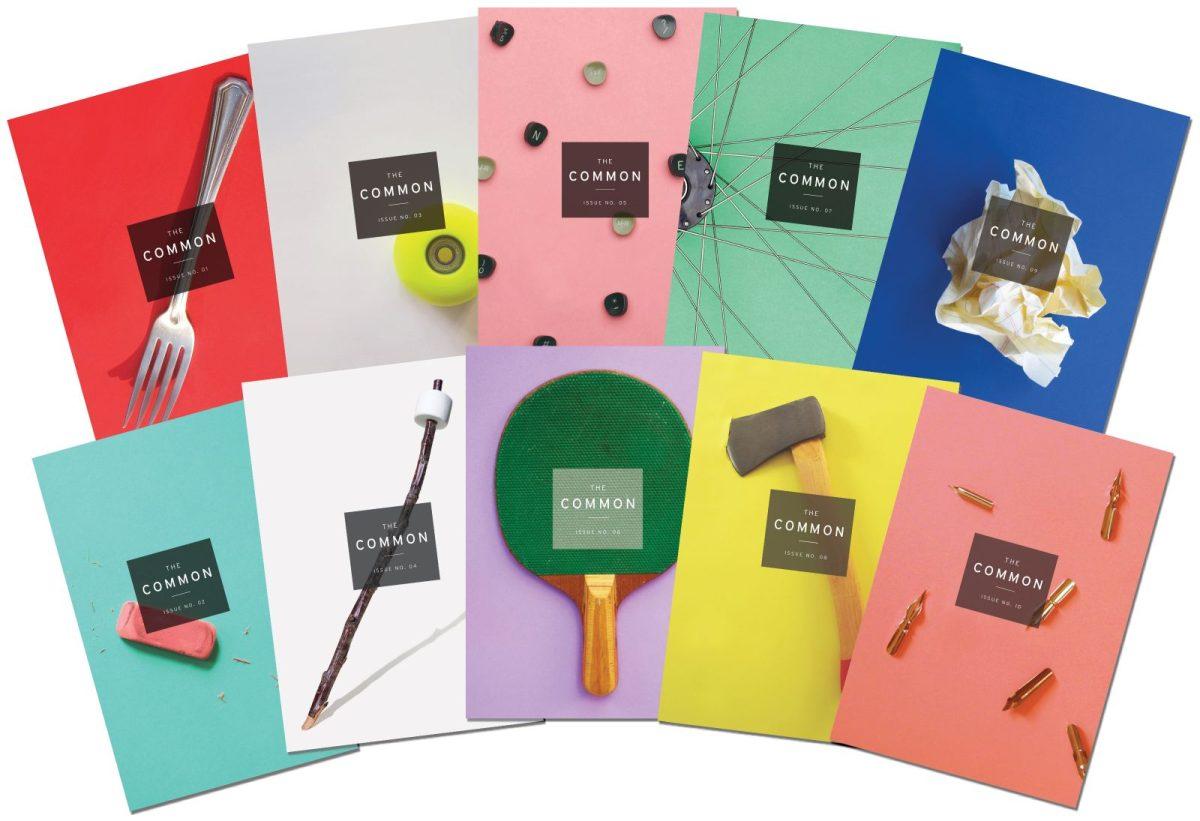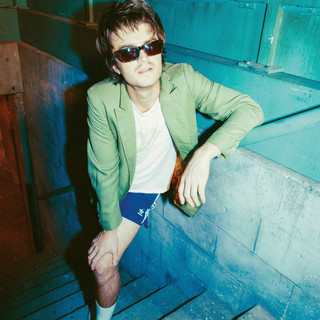On Friday, Feb. 23, the Wellesley College English Department hosted Jennifer Acker and Elizabeth Witte respectively, the editor-in-chief and assistant editor of The Common, a nonprofit literary magazine that is based in Amherst, Massachusetts. The magazine’s motto, Acker explained, is “a modern sense of place,” as all submissions are required to relate in some way to the concept of place or location.
Senior Lecturer in English and Chair of the creative writing concentration Marilyn Sides began planning this event last summer. “I saw they [Acker and Witte] were very interested in having a classroom component to The Common,” she explained. “Since I was teaching English 203, the short story class, it was a natural to have them come and talk about how literary texts get published.”
About 25 students and professors attended the event, which took place in the English Department Library. Many students were members of Professor Sides’ Short Narrative course. Others were interested in learning about the world of literary magazines. “It’s an issue I’m curious about. I want to submit to literary magazines, but it can feel really insular,” explained Claire Beyette ’19.
Professor Sides began by welcoming attendees, but most of the introduction was handled by event moderator Rachel Pak ’18, who became involved because she is the editor-in-chief of The Wellesley Review, Wellesley’s literary magazine. She introduced Acker, who is currently a visiting lecturer at Amherst College, and Witte, who was the recipient of a Mass Cultural Council Poetry Fellowship in 2016.
Pak’s questions for Acker and Witte, she explained, focused on the prospective audience for the event. “I decided that the group in attendance would be composed mostly of writers and some students interested in the publishing industry. Therefore, I decided to find out what goes through an editor’s head when selecting submissions to publish to working with writers to hone their pieces,” she said.
Pak began by asking Acker and Witte about their magazine’s brand and why they believe literary magazines are such a crucial part of the literary world.
Acker emphasized the value of “creating a literary community” and the role of literary magazines in fostering such communities. When she worked in book publishing, she explained, they “didn’t have group of subscribers, it was much more diverse.” In addition, she stressed that one of the main goals of literary magazines, at least in the case of “The Common,” “is to launch the career of younger writers,” which is not always true of other platforms.
When discussing their brand, Witte explained the publication’s focus on place is not meant to be constraining. “Generally, we think of it as very broad in terms of a sense of place. We don’t do themed issues. We’re interested in what emerges when a writer engages with this idea of a sense of place,” she said.
Pak found this aspect of the discussion to be the most fascinating.
“ ‘A modern sense of place’ guides their editorial process, and as they described what that idea means to them, I also realized just how important it is for literary magazines to have a strong, perhaps niche identity. It allows certain publications to cut through the crowded media landscape,” she said.
Pak then asked the editors about funding—a common problem for literary magazines. Acker explained that The Common receives support from Amherst College. “It’s a joint venture, so the college pays for some staff positions. But it took four years of lobbying for the college to sign on.” Further funding comes from grants, either from academic departments or outside sources, such as the National Endowment for the Arts. “We’re always applying for grants,” Acker added.
Pak moved on to the magazine’s digital strategy. “I’m fascinated by how something tactile can be moved to online,” she explained.
The Common recently completed a year-long redesign of its website, something Acker and Witte feel has been successful. In terms of its online presence, Witte explained,“Our website is unique, I think, among literary journals because everything we publish is online. It kind of creates another way to experience the print issue. We’ve tried to make these platforms speak to each other.”
While on the subject of digital media, Pak brought up the oft-cited adage: “print is dead.” She asked Acker and Witte their thoughts on the matter and how they saw it affecting the future of The Common.
Acker’s attitude about the future of print media and The Common in print form was highly optimistic. “Part of our founding mission was that it would be a print journal, so we’re gonna fight that fight until the end. So I don’t see that disappearing. It seems really important to be creating something that is a standalone, finite volume,” she explained.
Pak then opened up the floor to audience questions. Some students were interested in the submission process, specifically where the submissions come from, how many submissions the mag receives and how many submissions are selected to appear in print.
“We publish on average one percent of what is submitted, depending on the genre. It’s less than one percent for prose, four percent for essays,” Acker said. Finally, one student asked how Acker and Witte find time for their own writing amidst all the work they must do on the writing of others.
“It does take a lot of energy and a lot of time. Time management is a real challenge,” Witte admitted.
Acker agreed but mentioned the benefits that their editing work has on their own writing. “We learn a lot from the editorial work that we do. We learn how to become better writers. It hones a certain set of analytical muscles. It’s fruitful creatively,” she explained.
After the event, Professor Sides said she was “wowed, as always, by my students… Students followed up with good questions about the combination of print and digital platform, how they judged submissions, what about a submission felt ‘right’ to them.” She plans to invite Acker and Witte back to campus for future events.
“Since they are both authors, we could have an event called ‘Editors and Authors’ — they talk about wearing both hats. Students seemed very interested in that,” she said.




